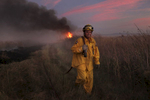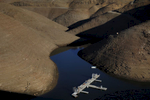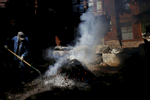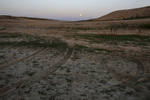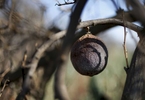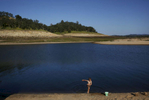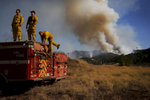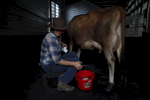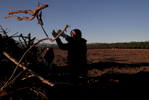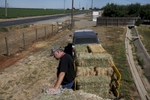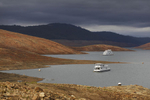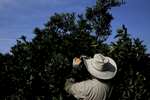California Drought
As California entered into the fourth year of the worst drought in 1,200 years, people from across the state felt the extreme effects. Farmers in the Central Valley, one of the world's most productive agricultural regions, fallowed fields and pulled up trees in an attempt to conserve enough water to save their businesses. Migrant workers, who depend on the massive agricultural system, were finding themselves out of work. Across the state, lakes dried up and reservoir water levels hovered at historic lows. Species of fish that depend on the ever-shrinking rivers for survival, such as the delta smelt, flirted with extinction. By late fall 2014, communities as close as an hour from San Francisco were finding dried up wells, leaving them with no water on their land. In April of 2015, the Governor declared the first ever mandatory statewide reductions.

